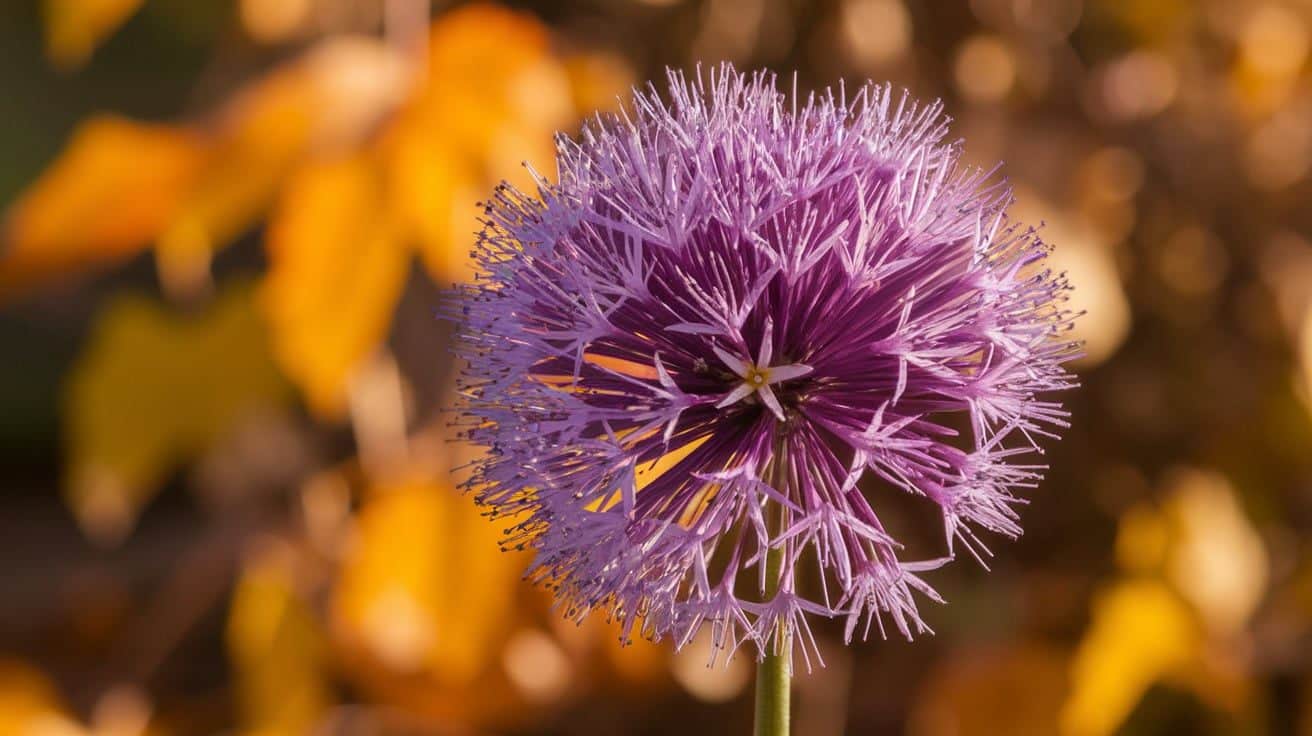Ever wondered who built the pyramids or when the Titanic sank? History tells us stories about our world, from ancient times to today.
This collection of questions takes kids on a fun journey through time, covering world events, cultural traditions, famous monuments, and even the history of food.
If you’re curious about the first president of the United States, the origins of pizza, or what started World War II, you’ll find answers here.
Perfect for classroom activities, family game nights, or just satisfying curious young minds. These questions range from simple facts to more challenging history tidbits that will impress parents and teachers alike.
Ready to become history detectives? Let’s begin!
Why is Learning History so Important for Kids?
Learning history is important for kids because it helps us understand how the world has changed over time.
When we learn about the past, we can see how people lived, what they went through, and how they made decisions. This helps us make better choices today.
History also teaches us about different cultures and people from all around the world, making us more understanding of others.
It shows us that even small actions can have big impacts, and it helps us learn from mistakes so we can do better in the future. Plus, history is full of exciting stories about heroes and adventures!
So, are you ready to learn more about it? Let’s get started:
World History Trivia Questions
-
Q: Who was the first president of the United States?
Answer: George Washington. -
Q: Which ancient civilization built the pyramids?
Answer: Ancient Egyptians. -
Q: What year did Christopher Columbus sail to America?
Answer: 1492. -
Q: Who was the first emperor of China?
Answer: Qin Shi Huang. -
Q: What was the main purpose of the Great Wall of China?
Answer: To protect China from invaders. -
Q: Who invented the light bulb?
Answer: Thomas Edison. -
Q: Which country was the first to land a man on the Moon?
Answer: United States. -
Q: Who was the leader of the Soviet Union during World War II?
Answer: Joseph Stalin. -
Q: What was the name of the ship that brought the Pilgrims to America in 1620?
Answer: The Mayflower. -
Q: Which empire was known for its roads and aqueducts in ancient times?
Answer: The Roman Empire. -
Q: Who was the famous queen of Egypt who had relationships with Julius Caesar and Mark Antony?
Answer: Cleopatra. -
Q: What year did the Titanic sink?
Answer: 1912. -
Q: Who was the first woman to fly solo across the Atlantic Ocean?
Answer: Amelia Earhart. -
Q: Which war was fought between the North and South regions of the United States?
Answer: The American Civil War. -
Q: Who was the famous leader of the Mongol Empire?
Answer: Genghis Khan. -
Q: Which country was the site of the first atomic bomb drop in 1945?
Answer: Japan. -
Q: Who was the famous explorer that sailed around the world in the 16th century?
Answer: Ferdinand Magellan. -
Q: Which country was the first to grant women the right to vote?
Answer: New Zealand. -
Q: Who was the first emperor of Rome?
Answer: Augustus. -
Q: What year did World War I begin?
Answer: 1914. -
Q: What event triggered World War II?
Answer: The invasion of Poland by Germany in 1939. -
Q: Which famous scientist developed the theory of evolution?
Answer: Charles Darwin. -
Q: What was the name of the ship that carried the first English settlers to Jamestown, Virginia?
Answer: The Susan Constant. -
Q: Who was the first woman to become the prime minister of the United Kingdom?
Answer: Margaret Thatcher. -
Q: Who was the famous king of France during the French Revolution?
Answer: King Louis XVI. -
Q: What was the name of the first permanent English colony in America?
Answer: Jamestown.
Cultural History Questions
-
Q: What is the name of the famous artwork painted by Leonardo da Vinci?
Answer: Mona Lisa. -
Q: Which country is known for the tradition of tea drinking?
Answer: China. -
Q: What is the name of the famous Shakespeare play about a Danish prince?
Answer: Hamlet. -
Q: What is the traditional dance of Argentina called?
Answer: Tango. -
Q: Which country is home to the famous bullfighting tradition?
Answer: Spain. -
Q: In which country did the tradition of Halloween begin?
Answer: Ireland. -
Q: What is the name of the famous music festival held every summer in the United States?
Answer: Woodstock. -
Q: Which ancient civilization is known for creating the first written language?
Answer: Sumerians. -
Q: What is the name of the holiday where people celebrate the Chinese New Year?
Answer: Spring Festival. -
Q: What is the traditional clothing worn by men in Scotland called?
Answer: Kilt. -
Q: What is the name of the most famous ballet dancer of all time from Russia?
Answer: Anna Pavlova. -
Q: Which country is famous for the invention of the kimono?
Answer: Japan. -
Q: What is the name of the famous Egyptian queen known for her fashion and beauty?
Answer: Cleopatra. -
Q: What dance is associated with the Caribbean islands and features lively hip movements?
Answer: Salsa. -
Q: What ancient culture is known for building the pyramids?
Answer: Egyptians. -
Q: What is the name of the Italian city famous for its canals and gondolas?
Answer: Venice. -
Q: Which country is known for its famous opera houses, especially in Vienna?
Answer: Austria. -
Q: What is the famous African musical instrument made from a gourd and string?
Answer: Kora. -
Q: Which culture is famous for its rich storytelling through myths and legends, like the story of Hercules?
Answer: Ancient Greek. -
Q: In which country did the tradition of the Olympic Games begin?
Answer: Greece. -
Q: What is the famous Mexican holiday where families celebrate and honor their loved ones who have passed away?
Answer: Día de los Muertos (Day of the Dead). -
Q: What is the name of the famous Chinese philosophy that promotes balance and harmony in life?
Answer: Taoism. -
Q: Which country is the birthplace of jazz music?
Answer: United States. -
Q: What is the name of the famous French artist who painted “Starry Night”?
Answer: Vincent van Gogh. -
Q: Which country is known for its traditional tea ceremony?
Answer: Japan. -
Q: Which Indian festival celebrates the victory of light over darkness?
Answer: Diwali.
Questions Related to History of Cuisines
-
Q: Where did pizza originally come from?
Answer: Italy. -
Q: What is the main ingredient in traditional sushi?
Answer: Rice. -
Q: Which country is known for its famous dish, sushi?
Answer: Japan. -
Q: What is the name of the French dish made from layers of thinly sliced potatoes?
Answer: Gratin Dauphinois. -
Q: Which country is the origin of chocolate?
Answer: Mexico (Aztecs). -
Q: Where did the sandwich get its name?
Answer: From John Montagu, the Earl of Sandwich, England. -
Q: What is the main ingredient in guacamole?
Answer: Avocado. -
Q: What drink is often associated with tea ceremonies in Japan?
Answer: Green tea. -
Q: What is the traditional Mexican dish made with corn tortillas and various fillings?
Answer: Taco. -
Q: What fruit is used to make traditional apple pie?
Answer: Apple. -
Q: What is the name of the popular Italian pasta dish with tomato sauce and cheese?
Answer: Spaghetti Bolognese. -
Q: Which country is known for creating the croissant?
Answer: France. -
Q: What is the Indian bread that is cooked in a tandoor oven called?
Answer: Naan. -
Q: What is the traditional German dish made with sausages and sauerkraut?
Answer: Bratwurst with sauerkraut. -
Q: What is the name of the famous Italian dessert made from layers of coffee-soaked ladyfingers and mascarpone cheese?
Answer: Tiramisu. -
Q: What is the main ingredient in hummus?
Answer: Chickpeas. -
Q: What country is the birthplace of the famous dish, sushi?
Answer: Japan. -
Q: What popular American food is often served with ketchup and mustard?
Answer: Hot dog. -
Q: What is the name of the traditional Spanish dish made with rice, seafood, and saffron?
Answer: Paella. -
Q: What is the name of the Greek yogurt-based dish often served with pita bread?
Answer: Tzatziki. -
Q: What is the name of the famous dish from France that uses beef, wine, and vegetables?
Answer: Beef Bourguignon. -
Q: What is the name of the famous dessert that is often served during Thanksgiving in the U.S.?
Answer: Pumpkin pie. -
Q: What is the traditional Italian drink made with espresso, steamed milk, and foam?
Answer: Cappuccino. -
Q: What is the name of the famous Spanish cold soup made from tomatoes, cucumbers, and peppers?
Answer: Gazpacho.
Questions Related to Famous Historical Monuments
-
Q: What is the name of the famous monument in India known as a symbol of love?
Answer: The Taj Mahal. -
Q: Where is the Great Wall of China located?
Answer: China. -
Q: Which ancient monument in Egypt is known for its massive stone structure and the Great Sphinx?
Answer: The Great Pyramid of Giza. -
Q: What is the name of the famous landmark in Paris, France, that is an iron tower?
Answer: The Eiffel Tower. -
Q: Where is the Colosseum located?
Answer: Rome, Italy. -
Q: What is the name of the famous monument in the United States that honors Presidents Washington, Jefferson, Lincoln, and Theodore Roosevelt?
Answer: Mount Rushmore. -
Q: What is the name of the ancient temple in Greece that honors the goddess Athena?
Answer: The Parthenon. -
Q: What is the name of the monument that is a large stone circle in England?
Answer: Stonehenge. -
Q: Where is the Statue of Liberty located?
Answer: New York City, USA. -
Q: Which country has the famous monument called Christ the Redeemer?
Answer: Brazil. -
Q: What is the name of the ancient city carved into rock in Jordan?
Answer: Petra. -
Q: What famous monument was built to honor an emperor and his wife in China?
Answer: The Forbidden City. -
Q: What is the name of the famous structure in India built by the Mughal emperor Shah Jahan?
Answer: The Taj Mahal. -
Q: Which famous tower in Italy is known for leaning to one side?
Answer: The Leaning Tower of Pisa. -
Q: What is the name of the large stone structure found in Mexico that was built by the Mayans?
Answer: El Castillo. -
Q: What is the famous ancient ruin in Greece known for its temples and colonnades?
Answer: Delphi. -
Q: What is the name of the largest statue in the world, located in India?
Answer: Statue of Unity. -
Q: What is the name of the famous stone monument in Easter Island?
Answer: Moai statues. -
Q: Which country is home to the famous Angkor Wat temple?
Answer: Cambodia. -
Q: What is the name of the famous bridge that crosses the River Thames in London?
Answer: Tower Bridge. -
Q: What is the name of the famous structure in Paris built for the 1889 World’s Fair?
Answer: The Eiffel Tower. -
Q: What is the name of the ancient city in Egypt known for its grand temples and tombs?
Answer: Luxor. -
Q: What is the name of the monument in the United States that honors soldiers from the Civil War?
Answer: The Lincoln Memorial. -
Q: Where can you find the famous Parthenon in Greece?
Answer: Athens.
Questions Related to the History of Wars and Conflicts
-
Q: What war was fought between the North and South regions of the United States?
Answer: The American Civil War. -
Q: Which war was fought between the Allied Powers and the Axis Powers during the 1940s?
Answer: World War II. -
Q: What was the major event that started World War I?
Answer: The assassination of Archduke Franz Ferdinand. -
Q: What conflict took place in the 1960s and 1970s between the U.S. and Vietnam?
Answer: The Vietnam War. -
Q: What war was fought between England and France from 1337 to 1453?
Answer: The Hundred Years’ War. -
Q: What war did the U.S. fight to gain independence from Britain?
Answer: The American Revolutionary War. -
Q: Which war was fought between the USSR and Afghanistan in the 1980s?
Answer: The Soviet-Afghan War. -
Q: Which war is often called “The Forgotten War” in the U.S.?
Answer: The Korean War. -
Q: What was the main cause of the American Civil War?
Answer: Slavery and states’ rights. -
Q: What was the name of the first major battle of World War I?
Answer: The Battle of the Marne. -
Q: Which war involved the Falkland Islands in the early 1980s?
Answer: The Falklands War. -
Q: What was the main cause of the Iraq War in 2003?
Answer: The belief that Iraq had weapons of mass destruction. -
Q: What war was fought between the U.S. and Mexico in the mid-1800s?
Answer: The Mexican-American War. -
Q: Which conflict took place between Israel and its Arab neighbors in 1967?
Answer: The Six-Day War. -
Q: Which war ended with the signing of the Treaty of Versailles in 1919?
Answer: World War I. -
Q: What was the war fought between the British Empire and its colonies in North America from 1754 to 1763?
Answer: The French and Indian War. -
Q: What was the first war between the U.S. and Iraq called?
Answer: The Gulf War. -
Q: What was the Cold War between the U.S. and the Soviet Union mainly about?
Answer: Ideological differences and nuclear arms race. -
Q: Which war was fought over the control of the South African region in the early 1900s?
Answer: The Boer War. -
Q: What was the war fought in Europe from 1914 to 1918?
Answer: World War I. -
Q: What conflict began in 1991 and involved the U.S. and its allies against Iraq?
Answer: The Gulf War. -
Q: Which war was fought between England and its colonies over independence in the 18th century?
Answer: The American Revolution. -
Q: What war took place between Greece and Persia in the 5th century BC?
Answer: The Greco-Persian Wars. -
Q: What was the major cause of the U.S. Civil War?
Answer: Slavery. -
Q: What was the main event that led to the U.S. entry into World War II?
Answer: The attack on Pearl Harbor. -
Q: What conflict took place between the Soviet Union and Germany during World War II?
Answer: The Eastern Front of World War II. -
Q: What was the name of the conflict between the British Empire and its American colonies from 1775 to 1783?
Answer: The American Revolutionary War. -
Q: What was the main cause of the Peloponnesian War between Athens and Sparta?
Answer: Power struggle and rivalry. -
Q: What war was fought between the Union and the Confederacy in the United States from 1861 to 1865?
Answer: The American Civil War. -
Q: Which war involved the U.S. and South Vietnam fighting against North Vietnam and the Viet Cong?
Answer: The Vietnam War. -
Q: What war was fought between 1947 and 1949, resulting in the partition of India?
Answer: The First Kashmir War.
Conclusion
We hope you enjoyed these history questions and learned some interesting facts along the way!
History isn’t just about dates and names – it’s about stories of real people who lived before us and shaped the world we know today.
By learning about the past, kids can better understand the present and even help build a better future. If you got most answers right or discovered new information, the fun of history is in constant learning.
Keep these questions handy for school projects, family game nights, or just to impress friends with your knowledge. History belongs to everyone, including kids!
Thank you for joining this trip through time. Stay curious, keep asking questions, and remember – today’s events will be tomorrow’s history lessons!






















































